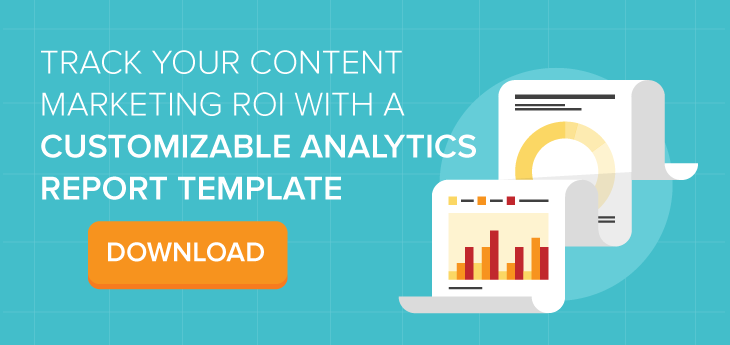 Let's talk about something of utmost importance: pizza.
Let's talk about something of utmost importance: pizza.
You wouldn't call up your fave local pizza joint, proclaim "Give me the pizzas — all of them," and expect solid results. The guy taking your order needs a fair amount of info to ensure you get what you need.
He needs to let the pizza-makers (or, as I call them, angel humans of the highest caliber) know what you want on your pizza (banana peppers, jalapeños, pepper jack cheese, all the meats, thick crust, no exceptions). He needs to know how many pizzas you're ordering, if you're carrying out, or if the delivery driver needs any special instructions to get to your place.
All of this info helps your fave pizza joint create your orders just how you like them — that way, they remain your fave pizza joint and don't waste their resources making things you don't want.
The same rings true for content marketing: Just like the pizza guy, you need data to execute a strategy that delivers solid results. Without using hard numbers to guide your content to begin with, you end up with completed content, a handful of vanity metrics, and no clear understanding of what to do with either.
That's why last week, Influence & Co. partnered with Kissmetrics to talk data and content strategy. And it kind of made perfect sense; they’re data masterminds, we’re content aficionados. By coming together, we had the chance to talk about how you can use data throughout the content life cycle to fuel your strategy. A good time was had by all, and everyone left wanting pizza.
You can check out a recording of our webinar here and view the slides below:
And for your slideshow-viewing convenience, I've summed up a few key points and tools for collecting and analyzing data at each stage of the content life cycle.
- Ideation: Data in the ideation stage will give you insight into topics your audience is interested in and inspire your content. You can use Buzzsumo and feedly to monitor trends, Quora and LinkedIn groups to listen to conversations your audience is having on tool like Slack, and a customized knowledge management template to crowdsource topics and store ideas.
- Creation: In the creation stage, data will guide exactly how you develop and format the right content. Tools like Crazyegg show you a heat map of where your audience spends its time, publication data gives you insight into what editors are looking for.
- Publication and distribution: In this stage, data will help you optimize when and how you deliver content to your target audience. You can use Buzzsumo again in this stage to get an idea of a publication's readership, Facebook and HubSpot to A/B test content, and Kissmetrics, Marketo, and Google Analytics to monitor and optimize your results.
- Analysis: Finally, data in the content analysis stage can help you better align your content goals and metrics and identify what tactics are or aren't working.
Have a question that I didn't answer through the webinar? Leave me a comment or tweet us @InfluenceandCo, and I'll get back to you!
Download your free analytics template below to start collecting data, tracking key metrics, and improving your content strategy:

![[WEBINAR RECAP] From Ideation to Publication: How to Incorporate Data Into Your Content Strategy](https://blog.influenceandco.com/hubfs/Blog_Pictures/kissblog.png)


 Let's talk about something of utmost importance: pizza.
Let's talk about something of utmost importance: pizza.



